351+
Trips Planned
30+
Personalised Planned
50+
Tours Guide
99%
Client Satisfaction
The Hampta Pass Trek is a scenic and moderately challenging trekking route located in the Indian state of Himachal Pradesh. It lies in the Kullu region of the Himalayas and offers a dramatic shift in landscapes—from lush green valleys to barren, high-altitude deserts—within just a few days. This trek is ideal for both beginners and experienced trekkers who are looking to explore diverse terrain and natural beauty.
The trek begins from Jobra, near the popular hill station of Manali, and takes you through dense pine forests, wide alpine meadows, glacier valleys, and snowy mountain passes. The trail follows the Rani Nallah and ascends gradually through campsites like Chika, Balu Ka Ghera, and Shea Goru, eventually crossing the high-altitude Hampta Pass at around 4,270 meters (14,100 feet).
One of the main highlights of the Hampta Pass Trek is the sudden landscape transformation after the pass—from the green Kullu Valley to the arid, stark beauty of the Lahaul Valley. Depending on road conditions, trekkers may also get the chance to visit Chandratal Lake, a stunning high-altitude glacial lake known for its crescent shape and clear blue water.
Though not extremely difficult, the trek requires a basic level of physical fitness and stamina. The climb to the pass is steep and involves walking on rocky paths and snowfields. Weather in the higher reaches can be unpredictable, so trekkers should be prepared for cold temperatures and quick weather changes.
Along the way, you’ll camp at scenic locations with panoramic views of snow-covered peaks, river valleys, and wildflower-filled meadows. The trek also offers opportunities to spot mountain wildlife and enjoy peaceful time in the lap of nature.
The Hampta Pass Trek is usually completed in 5 days and is best undertaken from mid-June to late September, when the trails are open and conditions are favorable.
Overall, the Hampta Pass Trek is a short but highly rewarding Himalayan adventure. It combines forest walks, high-altitude thrills, and rare natural contrasts—making it a perfect introduction to trekking in Himachal Pradesh.
On the first day of the Hampta Pass Trek, your journey begins in Manali, a popular town in Himachal Pradesh known for its scenic beauty and cool mountain air. Manali serves as the meeting point for trekkers and the base for your adventure.
After a quick orientation and gear check with your trek leader, you’ll drive from Manali to Jobra, a small settlement that marks the official start of the trek. The drive takes around 1.5 hours and offers beautiful views of forests, waterfalls, and the winding Beas River. The road is narrow and filled with sharp turns, but it gives a thrilling introduction to the Himalayas.
From Jobra, you’ll begin your trek on foot. The trail is gentle and passes through thick pine and maple forests, wooden bridges, and grassy patches. Along the way, you’ll walk beside a lively mountain stream, and if you’re lucky, you might spot Himalayan birds or mountain goats.
After about 2–3 hours of easy trekking, you’ll arrive at Chikka, your first campsite. Chikka is a flat, open meadow surrounded by tall trees and snowy peaks in the distance. It’s a perfect spot to relax, take photographs, and enjoy the fresh mountain air.
Upon reaching the campsite, you’ll have time to rest, enjoy a warm meal, and settle into your tents. As night falls, you’ll experience the calm of the mountains and the clear, starlit sky—an experience that sets the tone for the adventure ahead.
On the second day of the Hampta Pass Trek, you will leave behind the lush forest campsite of Chikka and begin your trek toward Balu Ka Ghera, a beautiful high-altitude valley surrounded by snow-covered peaks. After an early breakfast at the campsite, the trek begins with a gradual ascent through boulder-filled trails and alpine terrain.
The trail follows the course of the Rani Nallah, a cold mountain stream that flows beside you for most of the day. You’ll cross a few wooden bridges and navigate small streams using stepping stones. As you move further, the forest thins out, giving way to open landscapes filled with wildflowers, scattered rocks, and distant views of glaciers.
The path can be a bit uneven in parts, especially after rain, but the cool breeze and stunning surroundings make the journey enjoyable. Trekkers often take short breaks to soak in the scenery, click photos, and rest near the riverbanks.
By afternoon, you’ll reach Balu Ka Ghera, which means “bed of sand” in the local language. This flat valley gets its name from the sand and silt deposits left behind by melting glaciers. It serves as the perfect base camp before the climb to Hampta Pass.
Upon reaching, you can rest, stretch your legs, and enjoy the peaceful surroundings. The campsite offers magnificent views of the Deo Tibba and Indrasan peaks in the distance, making it a breathtaking place to spend the evening.
As the temperature drops after sunset, you’ll enjoy a warm dinner and prepare for a good night’s sleep in tents. The next day is the toughest and most exciting part of the trek, so it’s important to rest well.
Day 3 is the most thrilling and challenging part of the Hampta Pass Trek. Today, you will cross the majestic Hampta Pass, which sits at an altitude of around 4,270 meters (14,100 feet), and descend into the stunning Lahaul Valley to reach Sia Goru—a high-altitude cold desert campsite.
You’ll start your day early, usually before sunrise, after a light breakfast. The reason for the early start is to cross the pass before the weather changes or snow starts melting. The initial trail from Balu Ka Ghera is a steep and steady climb. As you ascend, the terrain becomes more rugged, with snow patches, loose stones, and sometimes slippery sections depending on the season.
The climb to the pass takes around 4–5 hours and requires patience and steady pacing. You’ll see glaciers and snowfields along the way, and the panoramic views get more breathtaking as you go higher. Once you reach Hampta Pass, the feeling is truly rewarding—you’ll stand at the top of a ridge that connects two completely different worlds: the green Kullu Valley on one side and the barren, moon-like Lahaul Valley on the other.
Trekkers usually spend a short while at the pass to take pictures and soak in the 360° Himalayan views. It can get very windy and cold at the top, so it’s important to wear your warm layers and stay close to your group.
After enjoying the views, you’ll begin your descent toward Sia Goru. The descent is steep at first and requires careful footing, especially if there is snow. Your trek leaders will guide you through the safest route. After the initial rocky section, the trail becomes easier as you walk along a river flowing through the valley floor.
Sia Goru is a small, flat area surrounded by mountains and glacier-fed streams. It is dry, cold, and open, offering stunning views of the barren Lahaul landscape. Upon reaching the campsite, enjoy some hot snacks or soup and relax after a long day.
Dinner is served early, and trekkers usually sleep early as well, recovering from the long trek and preparing for the next day’s descent to Chatru.
On the fourth day of the Hampta Pass Trek, you will descend further into the Lahaul region, trekking from Sia Goru to Chatru, a small settlement located at the confluence of three mountain passes—Hampta, Rohtang, and Spiti. If weather and road conditions allow, you may also drive to the magical Chandratal Lake later in the day.
The trek begins after breakfast, and the trail today is relatively easier compared to the previous day. You’ll walk alongside the Chandra River, with snow-capped peaks in the distance and glacier-fed streams running through the valley. The terrain is rocky and dry, with sections that may be slippery, especially after rain or early morning frost, so careful footing is important.
As you continue the descent, the landscape changes once again—lush greenery is replaced with rugged cliffs, dusty trails, and a clear blue sky. You’ll reach Chatru after about 3 to 4 hours, where vehicles will be waiting.
Chatru is one of the few places on the trek with mobile network access (BSNL or Jio, limited), and a basic roadside café or two where trekkers often grab tea and snacks.
If the road to Chandratal Lake is open (which depends on snow conditions), you’ll drive from Chatru to Chandratal, a beautiful high-altitude lake located about 45 km away. The drive itself is adventurous, with narrow mountain roads and streams cutting across the route. But once you reach Chandratal, it feels worth every bump—the lake is shaped like a crescent moon, and its crystal-clear water reflects the mountains around it.
Trekkers usually spend some time at the lake for photos, a quiet walk, and soaking in the view before heading back to camp near Chatru or Chandratal (based on the final plan).
On the final day of your Hampta Pass Trek, you’ll leave behind the barren beauty of Lahaul Valley and begin your drive back to Manali. After breakfast at the campsite (Chatru or Chandratal), you’ll board a shared vehicle arranged by the trek team and start the journey through one of the most dramatic mountain roads in the region.
The drive is long but filled with unforgettable views—towering cliffs, rugged mountain walls, icy waterfalls, and deep river gorges. Depending on weather and road conditions, the return route may take you through the Atal Tunnel (India’s longest high-altitude tunnel) or the scenic Rohtang Pass (if open).
If you visited Chandratal Lake the previous day, your journey will begin from the lake’s parking area. If not, you’ll start from Chatru directly. Either way, the return drive takes approximately 6 to 8 hours, including breaks for tea or lunch on the way.
As you reach Manali by late afternoon or early evening, the trek officially comes to an end. This is the perfect time to say goodbye to your fellow trekkers, share contact info, take a group photo, and reflect on the amazing journey you just completed—from lush forests to snow-covered passes and high-altitude deserts.
Note: The itinerary is subject to change. For the latest details and updates, please feel free to contact us through the form on our website.
The Hampta Pass Trek starts near the popular hill station of Manali, Himachal Pradesh. Manali is well-connected by road, rail, and air from major cities, making it easy to access for trekkers.
Here’s how you can get there:
By Air:
The nearest airport is Bhuntar Airport (Kullu-Manali Airport), approximately 50 km from Manali. Flights operate mainly from Delhi and Chandigarh. From Bhuntar, you can hire a taxi or take a local bus to reach Manali in about 1.5 to 2 hours.
By Train:
The closest major railway station is Chandigarh, around 310 km from Manali. From Chandigarh, you can take a bus or taxi to Manali. Alternatively, Joginder Nagar is the nearest small railway station but has limited connectivity.
By Road:
Manali is well-connected by road to cities like Delhi, Chandigarh, and Shimla. Regular Volvo buses, Himachal Road Transport Corporation (HRTC) buses, and private taxis are available. The bus journey from Delhi to Manali usually takes around 12–14 hours.
Yes! The Hampta Pass Trek is great for beginners. It has easy trails, beautiful views, and some snow adventure in just 5 days. With help from guides, even first-timers can enjoy it safely.
The trek is moderate. Most days are easy walks, but the day you cross Hampta Pass is harder because of the climb and high height. With good preparation and guides, it’s easy to handle.
The highest point is Hampta Pass at 14,100 feet (4,270 meters). From here, you see amazing views and cross from a green valley to a dry, rocky one.
Yes, if the road is open, you can visit Chandratal Lake, which is very beautiful with clear blue water. Sometimes, the road is closed because of snow or landslides.
Yes, you will see snow near Hampta Pass, especially if you trek in June or early July. Snow makes the trek more fun but also tricky, so guides help a lot.
Hampta Pass is harder than Kedarkantha Trek. Hampta Pass has a high mountain pass (14,100 ft), steep climbs, and sometimes snow crossing, especially on the pass day. Kedarkantha is easier, with gentle forest trails, even in snow.
If you’ve done Kedarkantha, Hampta is a perfect next-level trek.
Our Promise: Tailored, Trusted & Hassle-Free Treks
Trips Planned
Personalised Planned
Tours Guide
Client Satisfaction
Trips Planned
Personalised Planned
Tours Guide
Client Satisfaction
Discover New Adventures Awaiting You…
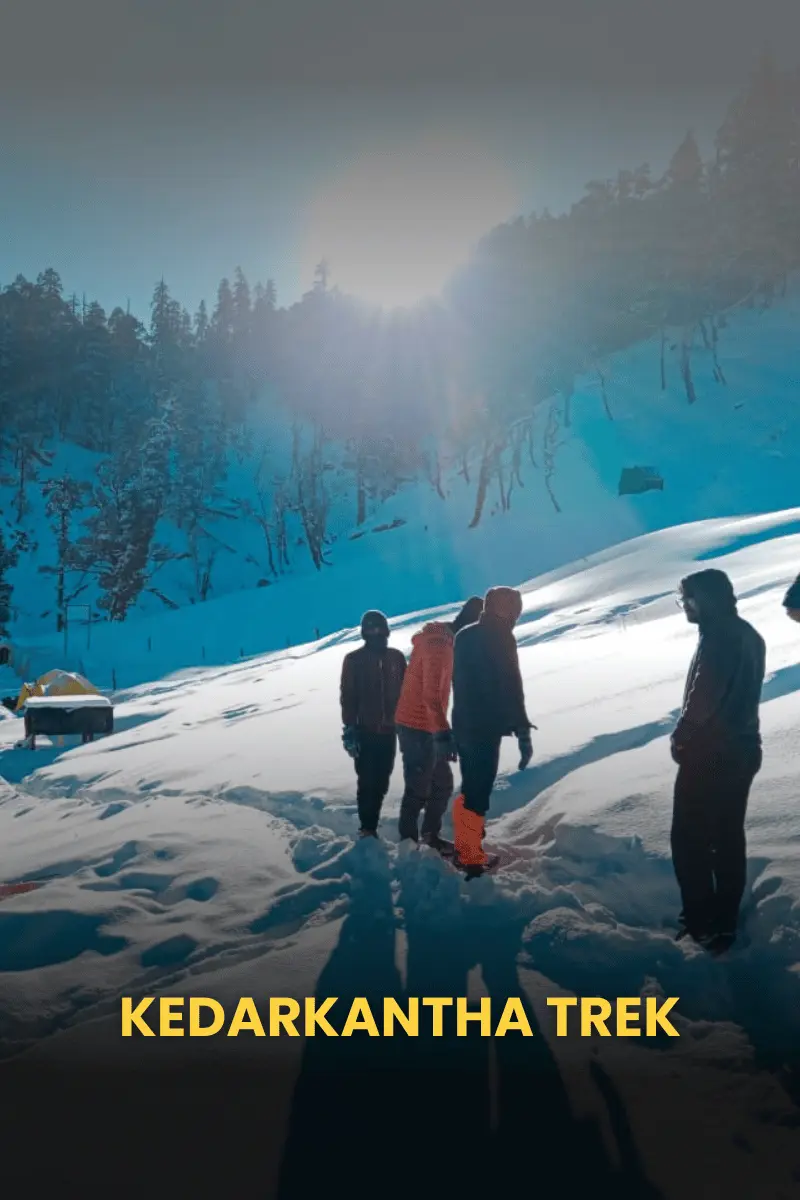
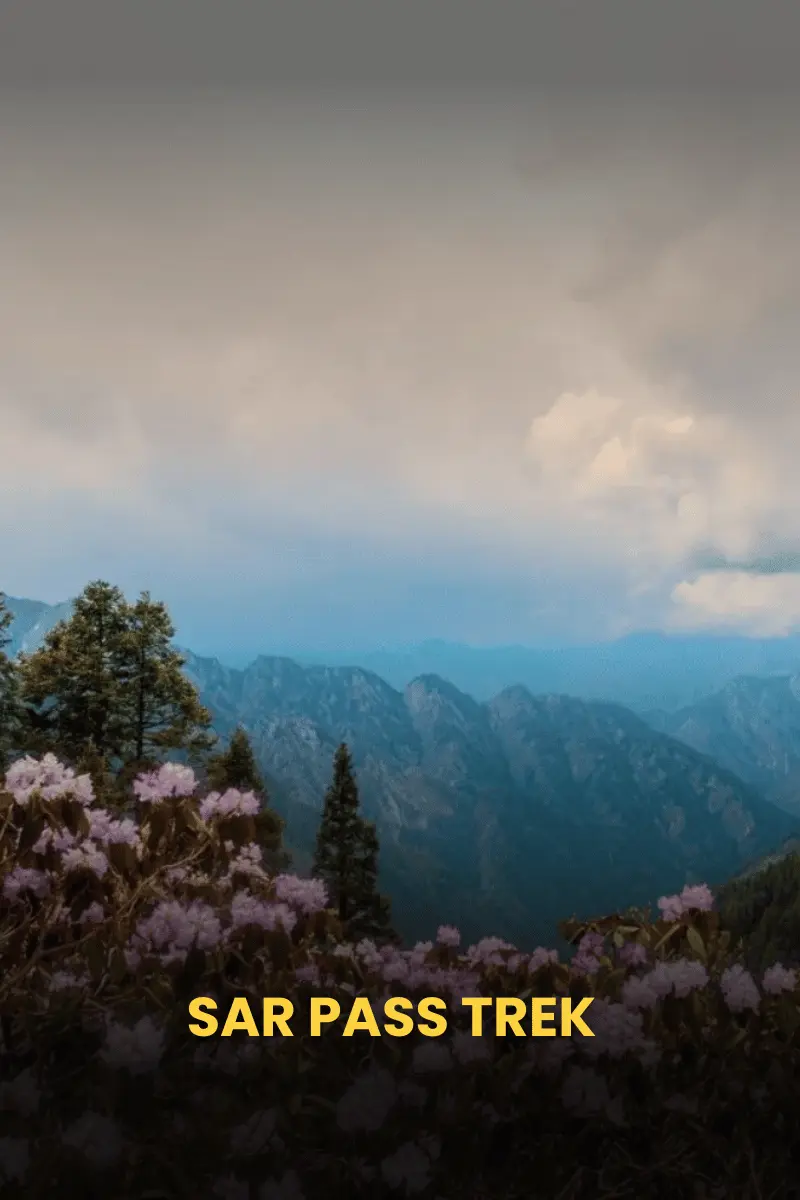
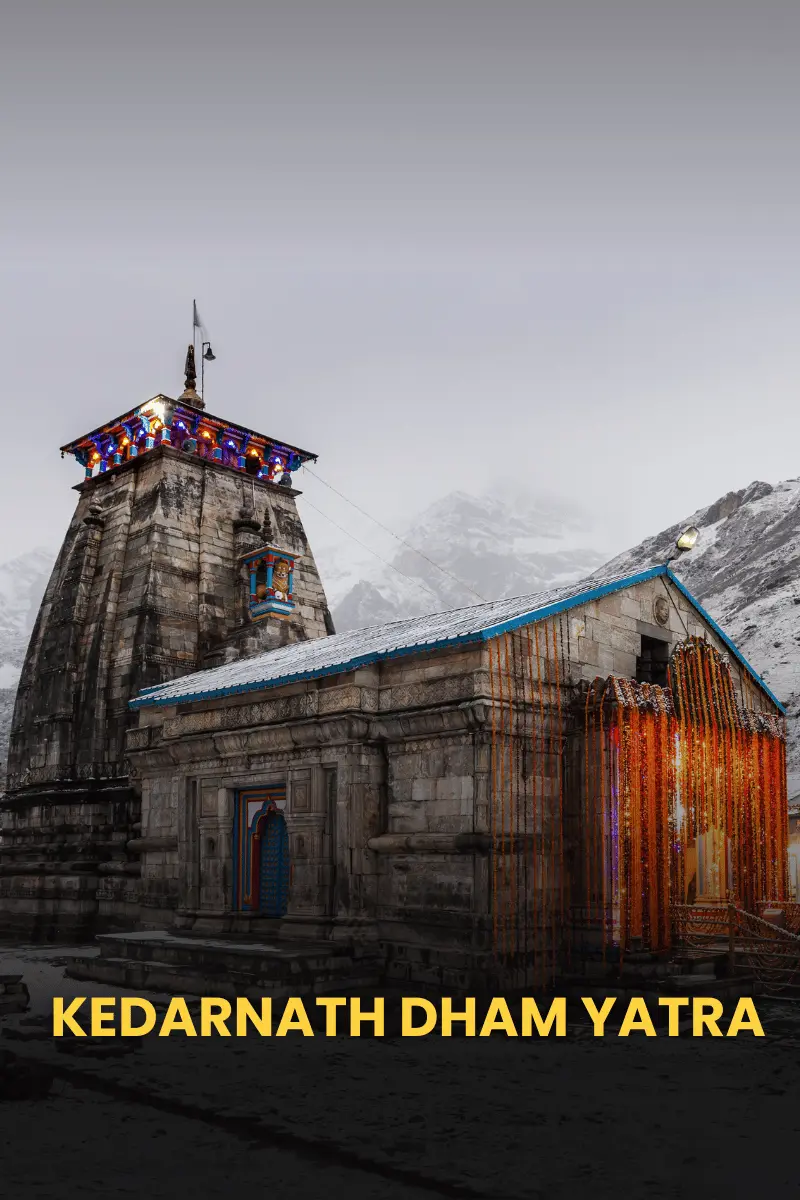
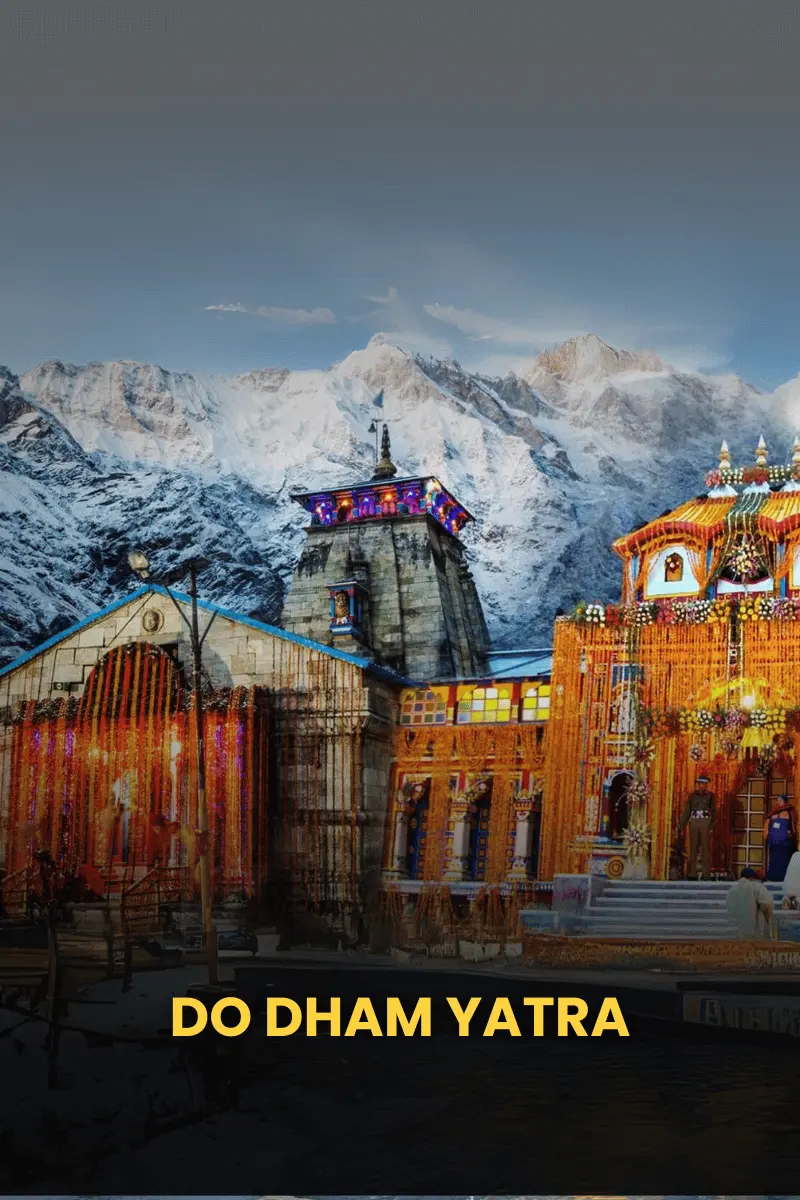
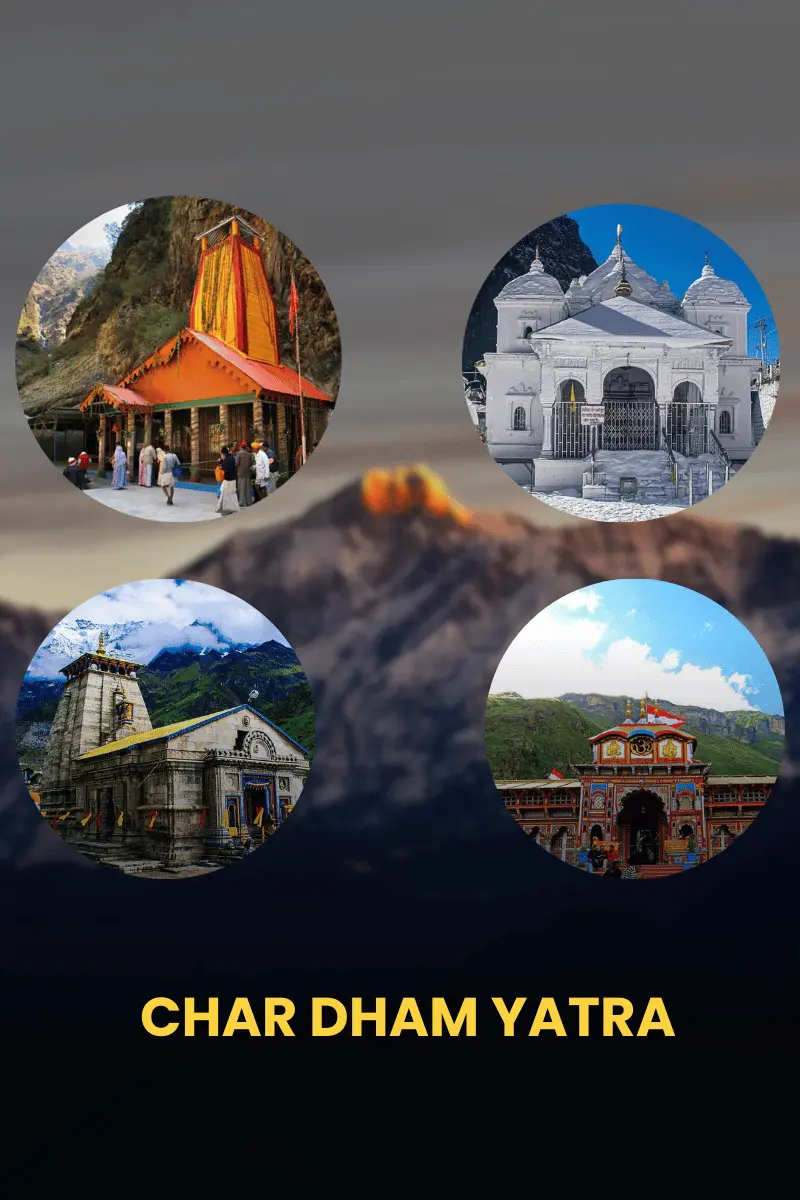
Whether you’re ready to book your trek or just have a few questions, we’re here to assist you
Your adventure is just a call away. Let’s make your journey unforgettable.
Chat with our Travel Expert